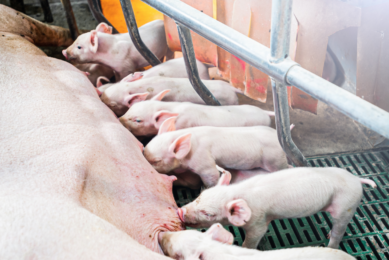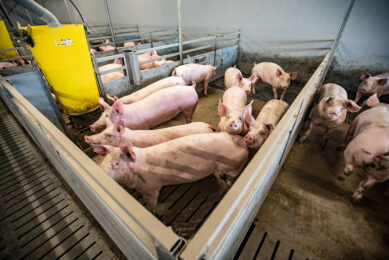Biomin Mycotoxin Survey results

The 2012 drought in the US and the recent aflatoxin scandal in Europe has raised awareness once again of the mycotoxin problem facing the industry.
With more than 4,000 samples collected worldwide and almost 14,500 analyses conducted in the past year alone, Biomin has released its most complete and comprehensive mycotoxin report on the market to date.
Since 2005, Biomin has been conducting extensive studies documenting the occurrence of mycotoxins worldwide. The Biomin Mycotoxin Survey Program 2012 details once again the distribution of mycotoxins according to their region of origin and commodity type.
From January 2012 until December 2012, a total of 4,023 samples collected worldwide were analyzed. In total, 14,468 analyses were carried out for the most important mycotoxins in terms of agriculture and animal production – aflatoxins (Afla), zearalenone (ZEN), deoxynivalenol (DON), fumonisins (FUM) and ochratoxin A (OTA). In addition to these mycotoxins, European samples were analyzed for T-2 toxin (T-2). Due to lab regulations in other parts of the world, the presence of this mycotoxin was not tested for in other regions.
Samples tested were diverse, ranging from cereals such as corn, wheat, barley and rice to processing by-products, namely soybean meal, corn gluten meal, dried distillers grains with soluble (DDGS) and other fodder such as straw, silage and finished feed.
In the more than 4,000 samples analyzed, Afla were present in 25 %, ZEN in 46 %, DON in 64 %, FUM in 56 % and OTA in 31 %. Average contamination levels of all samples were 34 ppb for Afla, 251 ppb for ZEN, 1088 ppb for DON, 1350 ppb for FUM and 5 ppb for OTA.
Compared with data from the previous year, an increase in the occurrence of fusariotoxins (DON, FUM and ZEN) was observed together with a slight decrease in Afla.
The survey confirmed once more that mycotoxins are a ubiquitous problem as 82 % of the analyzed samples show the presence of, at least, one mycotoxin. The presence of more than one mycotoxin in 50 % of the samples raises attention to another problem – the synergistic effects caused by multiple mycotoxins in animal feeds.
For more info: biomin.net











